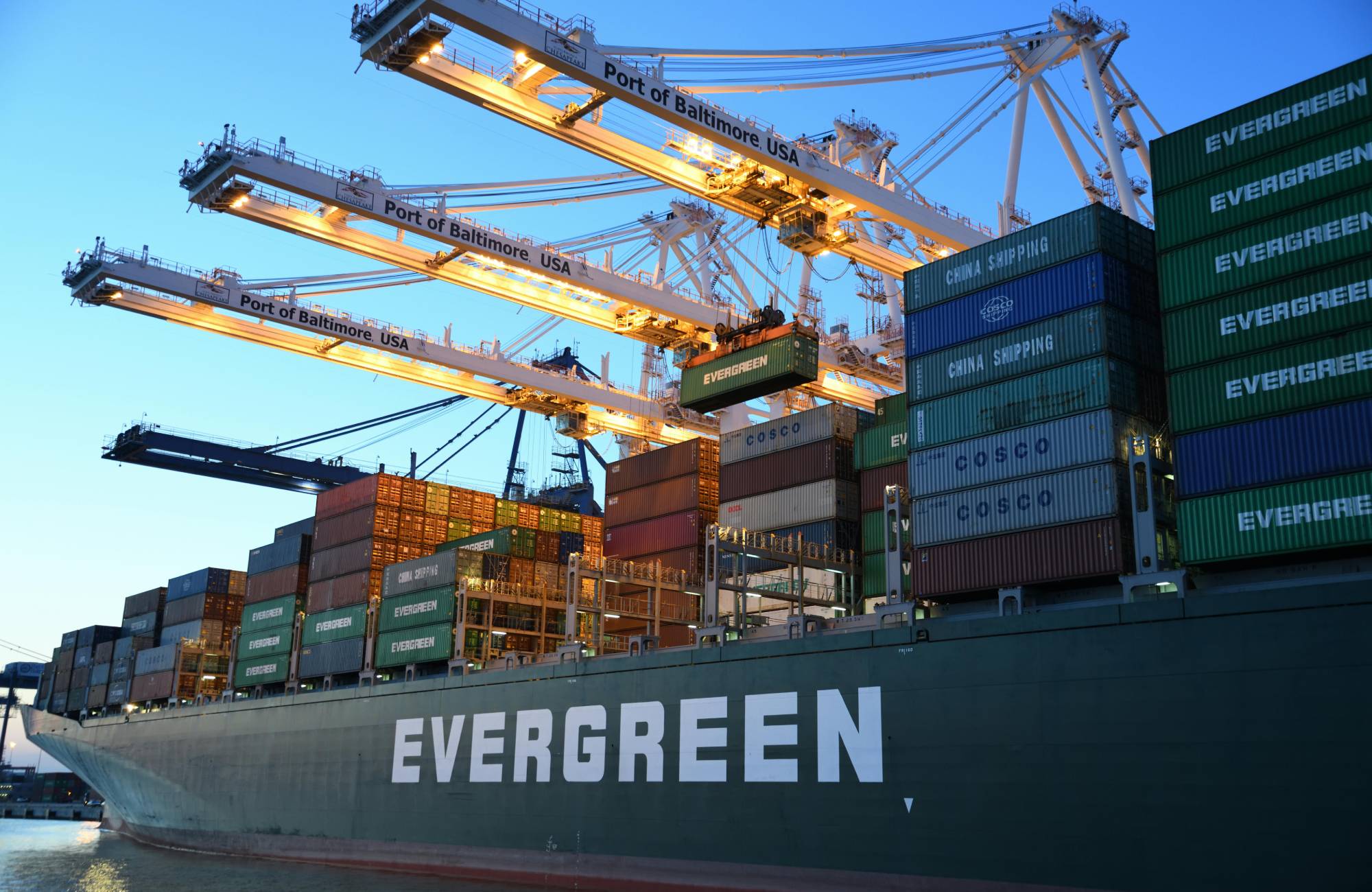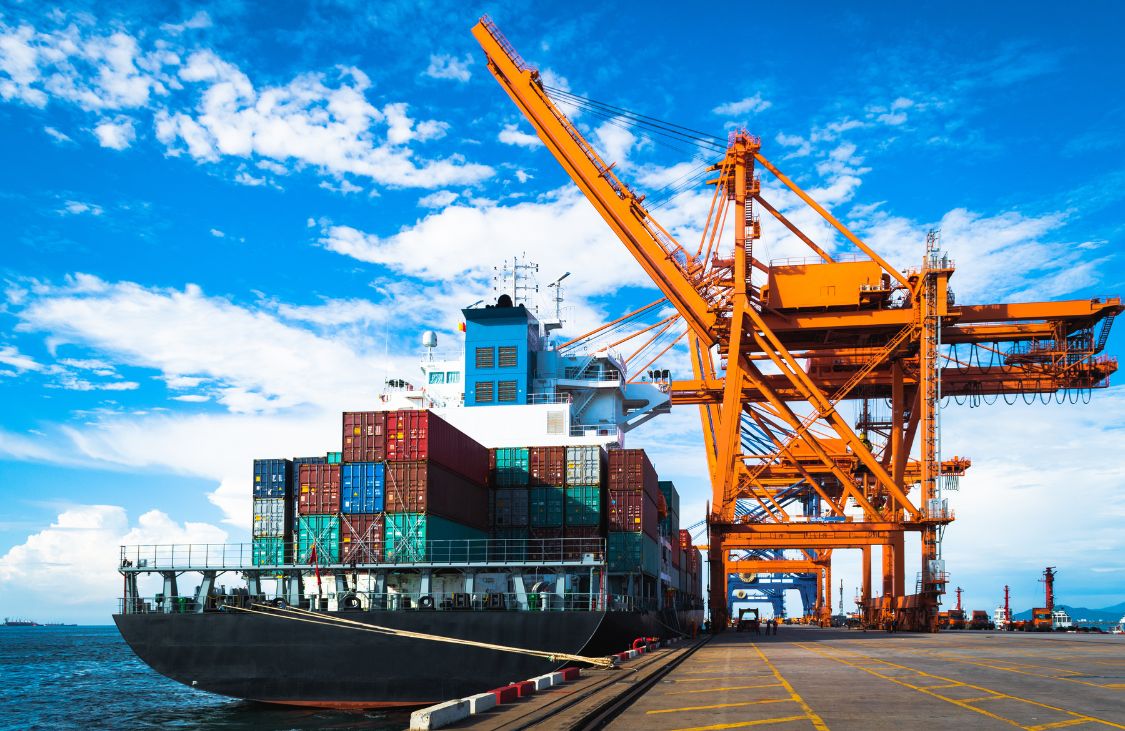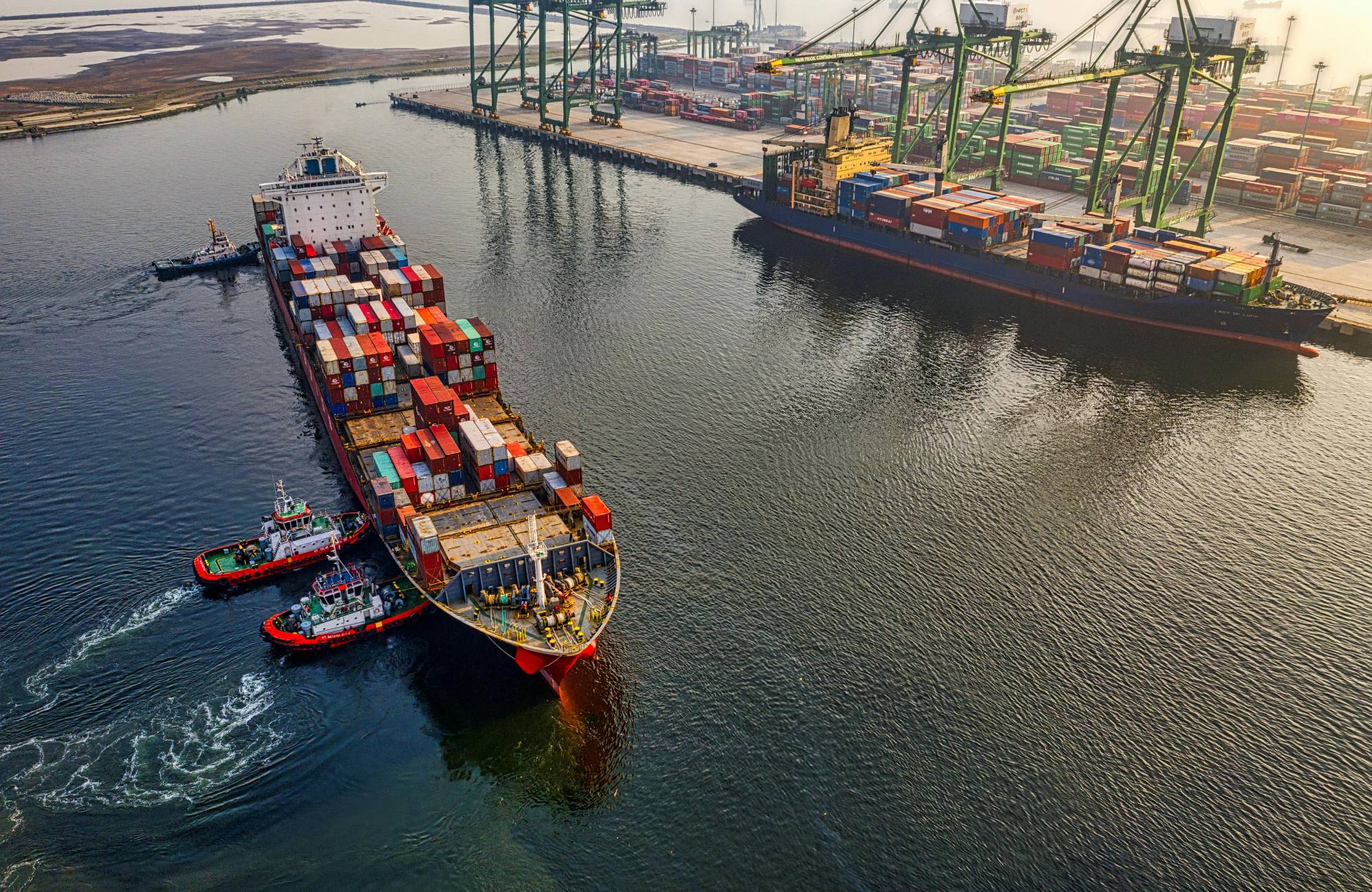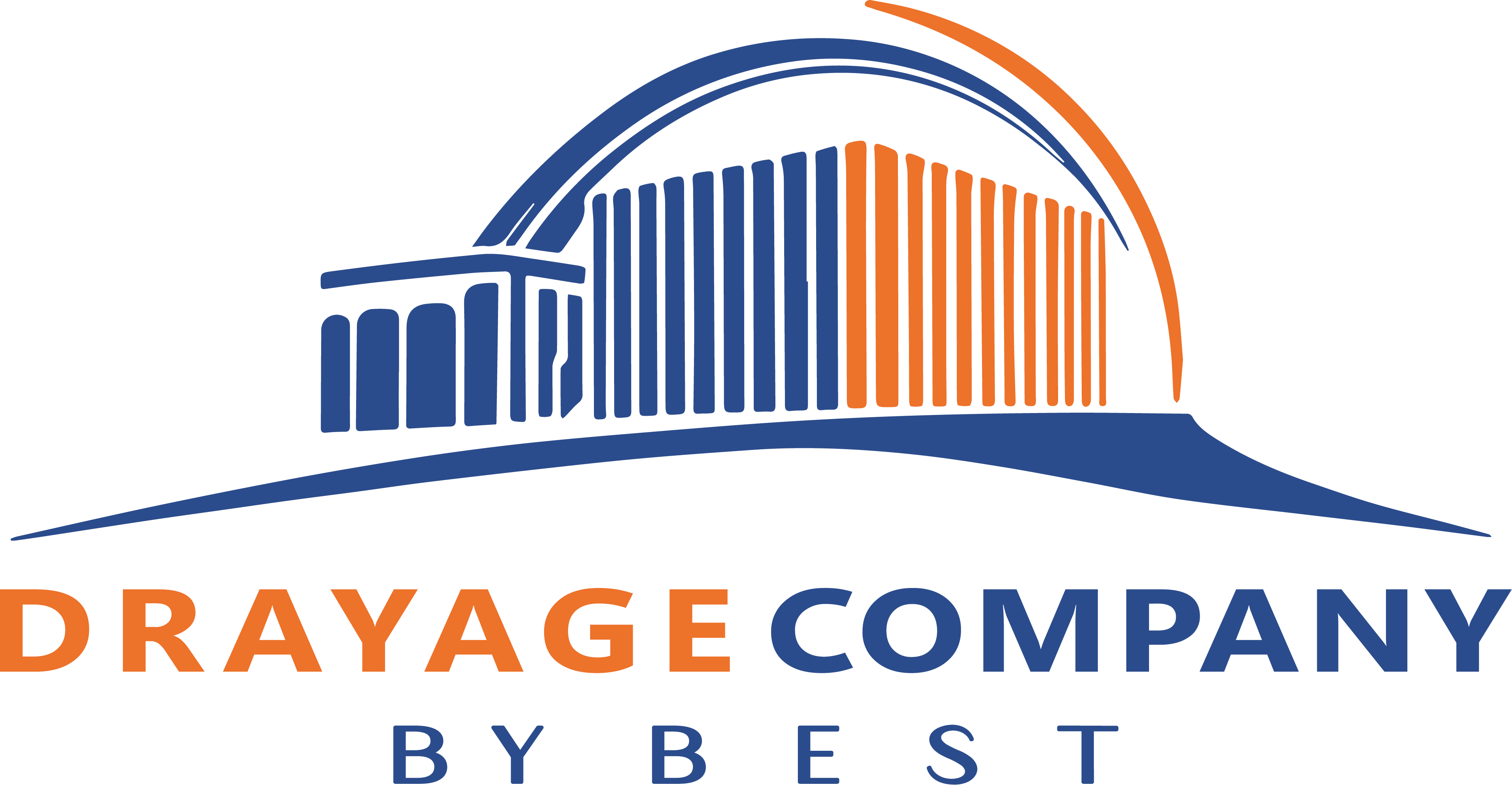Choosing the right drayage partner can make or break the efficiency of a supply chain. Before that choice is made, it’s essential to understand the moving parts of port operations and customs logistics, both of which directly impact container movement timelines. Without that foundation, delays, surprise fees, and missed handoffs become more likely.
Here are five critical areas to explore before selecting a drayage partner.
Table of Contents
Key Takeaways
✔ Drayage is a crucial link between ports, rail, and warehouses in modern logistics.
✔ Understanding what drayage means in shipping helps avoid delays and extra costs.
✔ Intermodal drayage connects multiple transport modes for efficient long-distance moves.
✔ Port operations, customs clearance, and chassis access directly impact drayage timelines.
✔ Drayage vs freight differs in distance, equipment needs, and pricing structure.
✔ SLAs and contracts should outline responsibilities, fees, and performance expectations clearly
✔ Working with experienced professionals ensures smooth container drayage in logistics from start to finish.
What Does Drayage Mean in Shipping?
When it comes to ocean freight and port-related transport, businesses often ask: what does drayage mean in shipping? In this context, drayage refers to the short-distance movement of shipping containers between marine terminals and nearby destinations—such as rail yards, container depots, or regional warehouses. It serves as the essential link between vessel discharge and the next leg of the journey, whether by rail or truck.
This phase is highly time-sensitive due to factors like customs clearance, port appointment systems, and chassis availability. Delays can result in demurrage charges, missed intermodal connections, or schedule disruptions across the entire supply chain.
For companies navigating international imports and exports, understanding what is drayage in logistics?—and specifically how it operates within seaport environments—is critical. Choosing the right drayage partner ensures containers move efficiently from the port to their next destination, helping avoid costly setbacks and keep goods flowing on time.
5 Key Areas to Explore When Selecting a Drayage Partner
1. Know How Ports Operate
Many businesses new to shipping don’t realize how complex port operations can be. Each port has its own rules, systems, and wait times that directly impact container pickup. A drayage provider must know how to work within this environment to keep freight moving.
Port Operation Factors That Affect Drayage Timelines
- Terminal Scheduling Systems: Every terminal within a port has its own appointment system, and some only allow drayage pickups during limited time windows. If a drayage company isn’t familiar with these systems, containers can sit for days—leading to added storage or demurrage charges.
- Chassis Availability: Drayage drivers need a chassis—a wheeled frame to haul containers—but ports often experience chassis shortages. A provider who doesn’t plan for this can cause shipment delays and create unexpected fees for businesses.
- Labor Slowdowns and Congestion: High traffic and union-related slowdowns can reduce daily movement at ports. Drayage providers with real-time visibility and alternate port strategies can often avoid these bottlenecks, keeping cargo on schedule and protecting the bottom line.
2. Understand Customs Clearance Requirements
Before any container moves, it must clear customs—a step that often causes unexpected delays for unprepared businesses. A reliable drayage provider understands that customs issues directly affect pickup timing and overall supply chain flow. Knowing how customs work allows businesses to choose a drayage partner who can prevent bottlenecks before they happen.
Elements of Customs Knowledge That Matter in Drayage
- Document Accuracy and Timing: Customs clearance depends on complete and accurate documents like bills of lading, commercial invoices, and packing lists. If a drayage provider receives incomplete paperwork or fails to track clearance status, containers may be flagged or held at the port, causing extended delays.
- Bonded Drayage Capabilities: Some shipments require bonded transport, especially when containers move inland before official clearance. A drayage company that offers bonded services can legally move freight under customs control, expanding flexibility and reducing dwell time.
- Coordination with Customs Brokers: Experienced drayage partners maintain direct relationships with brokers to confirm clearance and prevent miscommunication. This coordination helps avoid unnecessary storage costs and ensures that container drayage in logistics runs smoothly from the port to the final destination.
3. Evaluate Drayage Capabilities Beyond Port Pickup
A full-service drayage provider brings value through planning, tracking, and supporting broader logistics needs. This is increasingly critical nowadays, as global retail e-commerce, valued at $4.29 trillion in 2020, continues to grow rapidly. Evaluating these capabilities upfront can prevent downstream issues and ensure seamless fulfillment in a fast-paced market.
Key Factors That Impact Drayage Success
- Real-Time Tracking Systems: Drayage providers with GPS-enabled tracking offer up-to-the-minute container status updates. This visibility helps logistics teams plan labor, storage, and truck scheduling, reducing idle time and costly gaps in the chain.
- Intermodal Network Access: When containers transfer to rail or another truck, the provider’s ability to coordinate intermodal handoffs becomes vital. Understanding the intermodal drayage definition—and ensuring the partner does too—helps maintain momentum across longer transport routes.
- Freight Consolidation and Deconsolidation: Some drayage providers also offer warehouse services to split or combine shipments as needed. This added layer of control turns basic drayage into a more strategic piece of freight planning, especially for businesses with variable cargo loads.
4. Compare Drayage vs Freight to Set Clear Expectations
Understanding how drayage fits into the larger shipping process helps businesses make smarter choices. The confusion around drayage vs freight often leads to delays, mismatched pricing, and unrealistic delivery schedules. Knowing the difference sets better expectations and improves coordination with logistics providers.
Key Differences to Know
- Distance and Delivery Scope: Drayage typically covers 50 miles or less, focusing on short, local moves—while freight may span hundreds or thousands of miles. Choosing a freight carrier for a drayage move (or vice versa) can lead to higher costs and service mismatches.
- Equipment and Handling Needs: Drayage companies specialize in port-specific equipment like chassis, container lifts, and terminal-compatible trucks. These tools are not always available with standard freight carriers, which can lead to access issues or missed time slots at terminals.
- Cost Structure and Fee Types: Drayage includes charges like detention, demurrage, and chassis rental, which don’t apply to standard freight in the same way. Understanding the financial side of container drayage in logistics helps prevent budget overruns and miscommunication about rates.
5. Ask the Right Questions Before Choosing a Partner
Not all drayage providers offer the same level of service or transparency. Before signing a contract, businesses should understand what is drayage in logistics and know what to ask to gauge experience, port access, and responsiveness. The right questions help spot red flags and set expectations early.
Questions to Ask When Vetting a Drayage Provider
- What Ports and Terminals Do They Serve Regularly? Some providers specialize in specific terminals, while others work across multiple ports. Asking about service areas reveals how familiar they are with regional port logistics terms: drayage procedures, terminal cutoffs, and scheduling systems.
- Do They Offer Technology Integrations for Status Updates? A strong drayage partner will offer EDI or API feeds to connect with a company’s internal tracking systems. This feature allows shippers to see container status in real time and respond to changes quickly.
- How Do They Handle Exceptions or Delays? Whether it’s customs issues or chassis shortages, how a provider responds makes a big difference. Companies that communicate clearly and solve problems quickly will always outperform those who leave partners in the dark.
How Intermodal Drayage Connects to Broader Supply Chains
Intermodal drayage plays a critical role in keeping containerized freight moving efficiently across long distances. For businesses aiming to stay competitive, understanding how container drayage in logistics fits into the bigger picture is key to reducing delays, avoiding extra fees, and staying on schedule.
1. Seamless Handoffs Between Modes of Transport
When containers shift from ship to rail or truck, timing and coordination must be flawless. Intermodal drayage ensures those transitions happen without missed appointments or storage fees. Professionals who understand the full intermodal drayage definition can anticipate issues and manage them before they disrupt the flow.
2. Synchronizing Port and Rail Operations
Ports and rail yards don’t always operate on the same timelines, which can create bottlenecks. Understanding what is drayage in logistics is essential for ensuring smooth coordination. Drayage partners must know how to align port schedules with outbound rail slots to avoid dwell time. A provider experienced in container drayage in logistics can plan moves that keep freight rolling efficiently.
3. Supporting Just-in-Time Inventory Strategies
If containers arrive at warehouses too early or too late, inventory teams face space and staffing issues. Drayage influences when goods hit shelves or production lines, directly impacting order fulfillment and cash flow. That’s why understanding what drayage means in shipping isn’t optional—it’s a planning necessity.
4. Minimizing Supply Chain Disruptions from Customs Delays
One delay at the border or port customs can stall an entire multimodal shipment. Drayage professionals with customs expertise know how to reroute or adjust quickly to avoid missed intermodal transfers. Businesses should choose partners who understand logistics terms: drayage and clearance.
5. Managing Equipment Interfaces Between Modes
Rail cars, trucks, and ports all use different systems and handling equipment. A qualified drayage provider understands these technical differences and ensures containers are loaded and moved using the right gear. This protects cargo and helps avoid damage or transfer delays.
6. Delivering Supply Chain Visibility Through Technology
Modern drayage providers use real-time tracking to keep shipments visible at every leg of the journey. That visibility allows logistics teams to adjust to changes and prevent disruptions before they ripple across the supply chain. Professionals who prioritize tech help bridge the gap between drayage vs freight expectations and execution.
What to Evaluate in Drayage Contracts and SLAs
Before working with a drayage provider, it’s important for businesses to understand the fine print. Knowing what is drayage in logistics can provide critical context when reviewing contracts and service-level agreements (SLAs), which outline responsibilities, timelines, fees, and exceptions. A clear understanding of these documents helps avoid confusion and keeps container drayage in logistics running smoothly from day one.
1. Scope of Service and Coverage Area
With the global intermodal transportation market projected to reach $73.45 billion by 2029, it’s more important than ever for contracts to clearly define what the drayage provider is responsible for, including pickup, delivery points, and types of cargo handled. Some providers may only offer local services, while others specialize in intermodal drayage across rail and port systems. Understanding this scope helps businesses avoid confusing short-haul drayage with long-haul freight services.
2. Timelines, Cutoffs, and Performance Guarantees
SLAs often set expectations for pickup windows, port cutoffs, and delivery deadlines. Missing these deadlines can trigger late fees or ripple effects across the entire supply chain. A professional drayage partner will explain how their internal systems help meet these benchmarks and maintain service continuity, especially when understanding the difference between drayage vs freight.
3. Fee Structures and Accessorial Charges
Drayage contracts typically include base rates plus accessorial fees for things like chassis rental, driver wait time, or weekend pickups. These costs can add up quickly if not fully understood in advance. Businesses should review these line items closely and ask how they relate to common logistics terms: drayage charges, demurrage, and detention.
4. Liability and Cargo Insurance
Contracts should spell out what happens if a container is lost or damaged during drayage. Unlike general freight contracts, drayage agreements often involve tighter liability windows and more complex transfer points. Working with professionals who understand what drayage means in shipping can help ensure the right insurance protections are in place.
5. Cancellation and Delay Policies
Some providers charge cancellation fees or rescheduling penalties, especially during peak port congestion. SLAs should include clear terms for when and how changes can be made, including how delays due to customs or chassis shortages are handled. A reliable provider will walk through these policies upfront to avoid surprises.
6. Technology, Communication, and Reporting
Modern SLAs often cover expectations around digital tracking, reporting frequency, and communication protocols. If a provider promises real-time updates but delivers manual spreadsheets, the service may fall short. Choosing a provider with tech-forward processes helps ensure visibility throughout container drayage in logistics—and smooth collaboration across all shipping phases.
7. Contingency Plans and Disruption Handling
Well-written SLAs should outline how the drayage provider responds to unexpected disruptions like port shutdowns, strikes, or equipment failures. Understanding what is drayage in logistics helps businesses evaluate whether a provider is truly prepared for such challenges. A professional partner with deep expertise in container drayage will have backup strategies in place to keep freight moving, even when operations go off schedule.
Frequently Asked Questions (FAQs)
Ports prioritize container release based on factors like customs clearance, terminal capacity, and appointment scheduling systems. Containers that have cleared customs and have a drayage appointment scheduled are typically released faster. This makes coordination with a provider experienced in container drayage in logistics essential to avoid unnecessary dwell time. Understanding port workflows can reduce delays and keep cargo moving efficiently.
Yes, some drayage providers specialize in hauling refrigerated containers, also known as reefers. These require power sources, time-sensitive handling, and often special chassis or port permissions. Businesses should ask whether a provider includes refrigerated container support in their intermodal drayage definition. Failing to align these details can risk product spoilage and service disruptions.
Severe weather can shut down ports, disrupt terminal operations, or delay truck access—especially for time-sensitive drayage moves. Snowstorms, hurricanes, or flooding may pause container pickup or lead to port congestion. Businesses relying on container drayage in logistics should choose partners with contingency plans for weather-related events. Strong communication and real-time updates are essential during such disruptions.
Drayage trucks operating at many ports must comply with emissions standards, safety inspections, and port access requirements. In some regions, older diesel trucks may be restricted or banned altogether. When reviewing providers, businesses should ask how equipment compliance ties into the broader logistics terms: drayage and port regulations. A compliant fleet helps avoid fines and access delays.
Some logistics firms offer bundled services that include drayage, customs brokerage, and freight forwarding to streamline operations. This can simplify communication and reduce coordination errors between providers. Understanding what drayage means in shipping and how it integrates with other services helps businesses make smarter partnership decisions. Bundled solutions often improve speed and reduce administrative workload.






